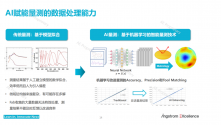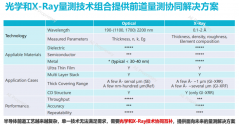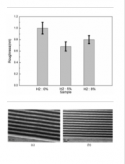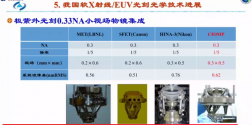Depends, some give useful details, methods of fabrication
View attachment 104957
some even have the graphs of EUV mirrors and photos, what kind of systems they are using to do certain task.
View attachment 104958
Compare it with ASML and others past research development.
Compare past development with current developments.
from 2017 to today
View attachment 104956
If you start to see companies involved in the development of one subsystems is a sign of commercialization,
With all the respect I think is an horrible idea, that usually leads to more confusion, how do you know who is an "insider" or not, is not that they are going to show you an ID, even in PM you one. You have to take their word for granted, most don't even publish anything that is not public domain.
If we can't discuss EUV here because is too early to tell I would happily accept that. But if we have to rely on "rumors" of "insiders" to follow the advancement of certain technology I think will be better not to discuss lithography at all until official announcement is made.





